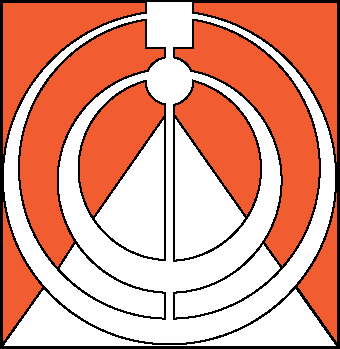Mi-STAR Boosts Student Preparedness for High School Science and Beyond
Monday, August 15, 2022
Julie Mallia has been on board with Mi-STAR ever since Brighton Area Schools
adopted the new curriculum in 2019. “Mi-STAR was head and shoulders above all the other curricula we looked at in terms of meeting NGSS,” said the Scranton Middle School science teacher. In the classroom, it provided a roadmap to meet the Michigan Science Standards, engaged her students, and proved highly adaptable. “The longer we use it, the better we are at modifying it for our own uses,” said Malilla. “I’m very happy we chose it.”
And now there's something else. As her school gradually adopted Mi-STAR, Mallia realized her students were acquiring a new skill, one that lasts a lifetime. They were becoming critical thinkers.
“As an eighth grade teacher, I saw that my students who’d been exposed to Mi-STAR in grades 6 and 7 were better prepared,” she said. In particular, she noted their mastery of the Claim, Evidence, Reasoning (CER) model.
“In the beginning, CER is hard for kids to grasp,” she said. “The biggest ‘ah hah’ moment is when they realize they can prove or disprove a given claim.” So by the time her eighth graders had been through two years of Mi-STAR, they were ready to take on claims related to such disparate topics as climate change and flat vs. spherical earth.
As those same students advanced into high school, their new teachers also noticed a difference. “We meet periodically as a district across 6-12 to debrief on what's working and what’s not in science education,” said Mallia. “Across the board, high school teachers reported that the Mi-STAR students know what a CER is, and they know how to write one.”
As a result, “students in Mi-STAR are a step up when they come to high school science,” said Joan Ancona,
an instructional coach with the Brighton schools. “It's been really positive, it helps students feel successful, and it helps teachers move forward.”
CER has broad applications, Ancona noted. “CER writing is a nice organizational structure students can use, not only in science, but also in ELA, math, and other classes,” she said. “It helps them analyze their thoughts, come up with statements that make sense, and evaluate evidence.”
Other aspects of Mi-STAR also carry over to high school. “Student collaboration was not common before NGSS, and Mi-STAR jumped on that,” said Ancona. “The units give lots of opportunities for students to work together in new ways, and it’s been good for them.”
In addition, Mi-STAR addresses an overall shift in how high school science is taught. “Students don’t need to memorize stuff anymore,” Ancona said, since every fact they’ll ever need is just a search away. Instead, other skills are coming to the forefront. “As with Mi-STAR, they need to work together, to be more engaged in high school science,” Ancona said. “They need a chance to ponder, to puzzle out what’s going on.”
That learning shift can be hard for high school teachers, especially those with AP classes, because they feel so much pressure to cover the material. “Fortunately, the curricula coming out for high school are getting much better,” said Ancona, so that tension may ease in the future.Finally, Mi-STAR’s emphasis on equity is doing a good job of preparing all students for advancement in science, not just the grade-driven, straight-A kids. “It gives everyone a chance to participate, collaborate, and think,” said Ancona. “With Mi-STAR, every kid’s home environment gives them something to contribute.”
Mallia has also been watching how Mi-STAR has been priming her students for responsible citizenship beyond high school.
“Before Mi-STAR, when we covered the creation of the Earth, some of my students would say that the Earth is just 7,000 years old. I would tell them it’s OK to believe that, but we are learning about scientific discoveries, and you will not get credit for that answer on a test.”
Those conversations didn't accomplish much, she said. But now, Mi-STAR’s CER structure gives students a way to express their opinions on controversial topics by providing evidence and reasoning along with their claim. And they are exposed to evidence—graphs, charts, reading materials, and the fossil record—that backs up scientific claims on subjects like Earth’s origins.
“Sometimes the data will change their minds, but most importantly, it gets them thinking about how they know things,” Mallia said. “With Mi-STAR, we find people where they are and give them the tools to think. And at the end of the day, for all of us, it’s OK to sit with disagreement.”
GET Mi-STAR NEWS BY E-MAIL!
Copyright © 2024 Mi-STAR
Mi-STAR was founded in 2015 through generous support provided by the Herbert H. and Grace A. Dow Foundation. Mi-STAR has also received substantial support from the National Science Foundation, the MiSTEM Advisory Council through the Michigan Department of Education, and Michigan Technological University.













.png)





